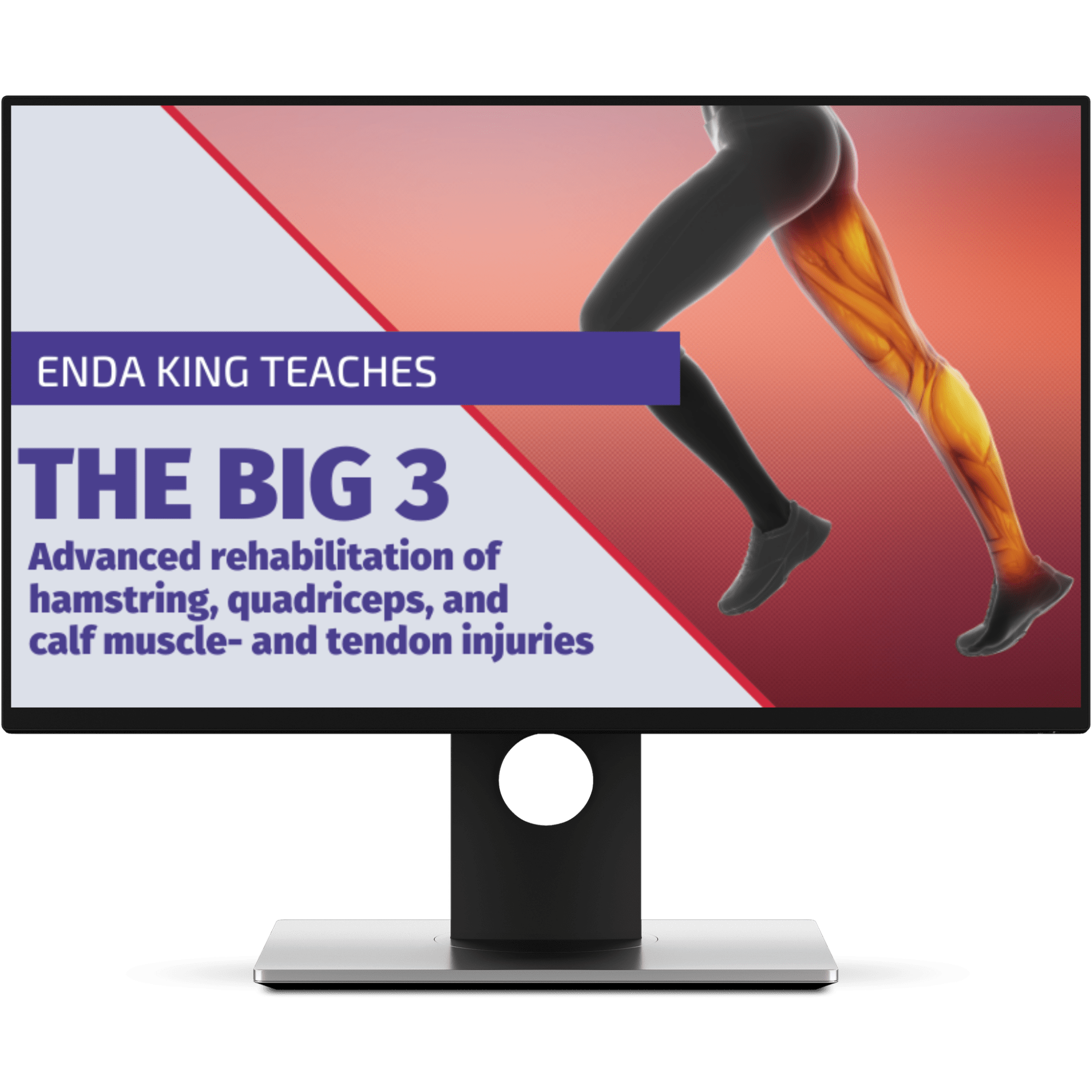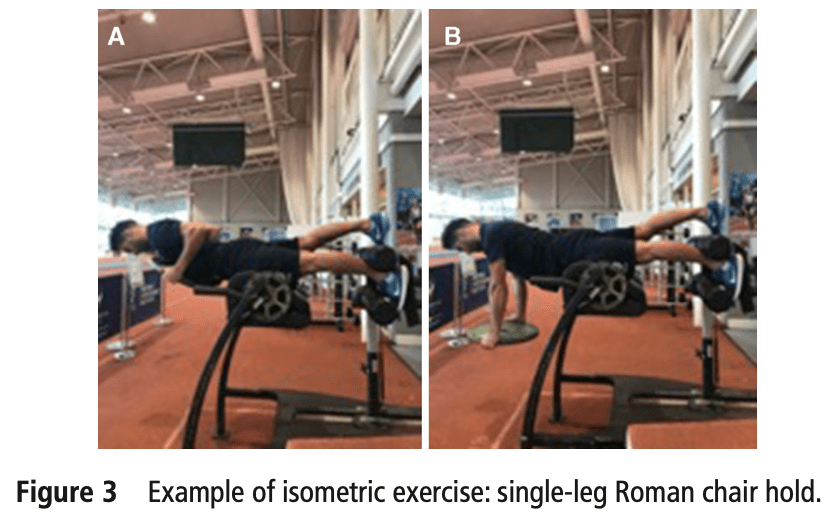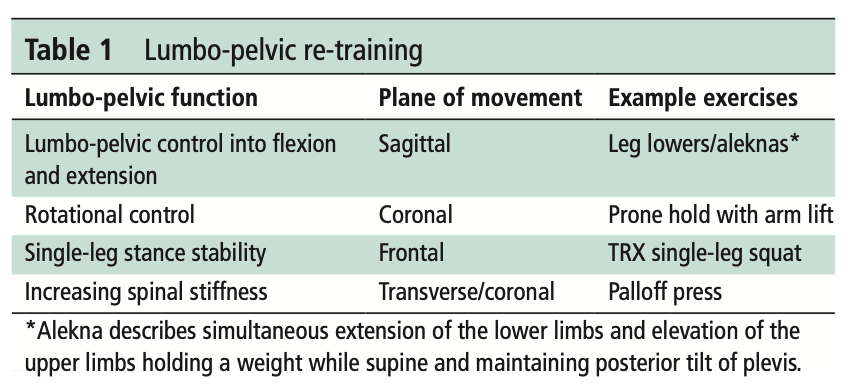Management Principles of Hamstring Injury Rehabilitation
Hamstring injuries occur often and may be tough to treat. This post looks at key management principles of hamstring injury rehabilitation.

Introduction
Hamstring injuries are frequently seen in sports involving high-speed running, kicking and sprinting and the hamstrings are the muscle group most commonly affected. This blog article describes some general principles of hamstring injury rehabilitation.
Management Principles
1. Train movements and muscles
The hamstrings consist of three individual muscles and they have different functional roles related to their anatomical position. In sprinting, the bicep femoris (BF) is subject to the largest strain, the semitendinosus (ST) to the greatest lengthening velocities and the semimembranosus (SM) acts predominantly as a force producer. Therefore, the prescribed exercises should be targeted to the injured muscle to develop these specific functional roles.
2. Prescribe strength exercises to achieve a specific goal
Eccentric Training
High eccentric forces occur during the terminal swing phase of sprinting. Eccentric force deficits are modifiable risk factors for a future hamstring injury and thus the capacity for developing high eccentric force should be trained in rehabilitation.
Get long and strong. Fascicle shortening may predispose the hamstrings to (re-)injury and eccentric training may help to overcome this problem. High-volume eccentric training programs using the Nordic hamstring exercise previously showed good improvements in eccentric strength and fascicle lengthening but recent studies have demonstrated similar improvements with a low-volume program consisting of 2 sets of 4 repetitions once a week.
THE BIG 3 – ADVANCED REHABILITATION OF HAMSTRING, QUADRICEPS, AND CALF MUSCLE- AND TENDON INJURIES
Rehab & Performance Expert Enda King Reveals His Secrets to Rehab the 3 Most Common Muscle & Tendon Injuries

Isometric Training
At the end of the swing phase, the contractile element of the hamstrings may remain relatively isometric as the tendon mostly provides the lengthening of the muscle-tendon unit. A good isometric condition of the muscle reduces mechanical load and facilitates the spring-like behavior of the tendon during the stretch-shortening cycle.
As fatigue is consistently associated with hamstring injuries and most injuries occur in the final third of sprint training sessions. Strength training under fatigued conditions to develop fatigue resistance has shown good reductions in injury rates. Isometric training of the hamstrings (for example with the single-leg Roman chair hold) can increase hamstring muscle endurance and may thus be a useful addition alongside the good old Nordic hamstring exercises.

After an injury occurs, the body reacts by reducing myoelectric activity in the muscle as a protective mechanism to unload healing tissues. In some cases, this selective inhibition may persist and should be targeted in rehab. Here again, can isometrics come to the rescue to overcome selective muscle inhibition as it was shown that voluntary muscle activation is higher in these isometric contractions. It is advised to use high-load isometric exercises to improve motor unit recruitment. In injuries where pain and disability are predominantly present, isometric loading may be more feasible prior to eccentric loading of the tissues.
A good isometric condition of the muscle reduces mechanical load and facilitates the spring-like behaviour of the tendon during the stretch-shortening cycle.
3. Apply a multivariate model and target contributing factors to injury risk
As poor motor control of the pelvis may increase strain on the hamstrings and contributes to force production deficits, the lumbo-pelvic region should be trained as well. It is advised to train the lumbo-pelvic region in different planes of movement.

Next to the lumbopelvic region, the hip is also crucial in healthy hamstring function as weakness and reduced activation of the gluteus maximus are risk factors for hamstring injuries as well. Reduced hip flexion puts the hamstrings at risk for injury as the body compensates for this with increased pelvic rotation during high-speed running, thereby increasing strain on the hamstring muscles.
Conclusion
To sum it up, in the rehab of hamstring muscle injuries you should train movements and muscles according to their specific roles, get muscles long and strong using eccentric exercises, and use isometrics to increase resistance to fatigue and optimize the stretch-shortening cycle. Next to this, don’t forget to train the lumbopelvic region and hip muscles to further reduce injury risk. We hope you enjoyed this article and hope these principles of hamstring injury rehabilitation can help you when treating people suffering from these injuries.
Reference
Macdonald B, McAleer S, Kelly S, Chakraverty R, Johnston M, Pollock N. Hamstring rehabilitation in elite track and field athletes: applying the British Athletics Muscle Injury Classification in clinical practice. Br J Sports Med. 2019 Dec;53(23):1464-1473. doi: 10.1136/bjsports-2017-098971. Epub 2019 Jul 12. PMID: 31300391. https://pubmed.ncbi.nlm.nih.gov/31300391/

Ellen Vandyck
Research Manager
NEW BLOG ARTICLES IN YOUR INBOX
Subscribe now and receive a notification once the latest blog article is published.







